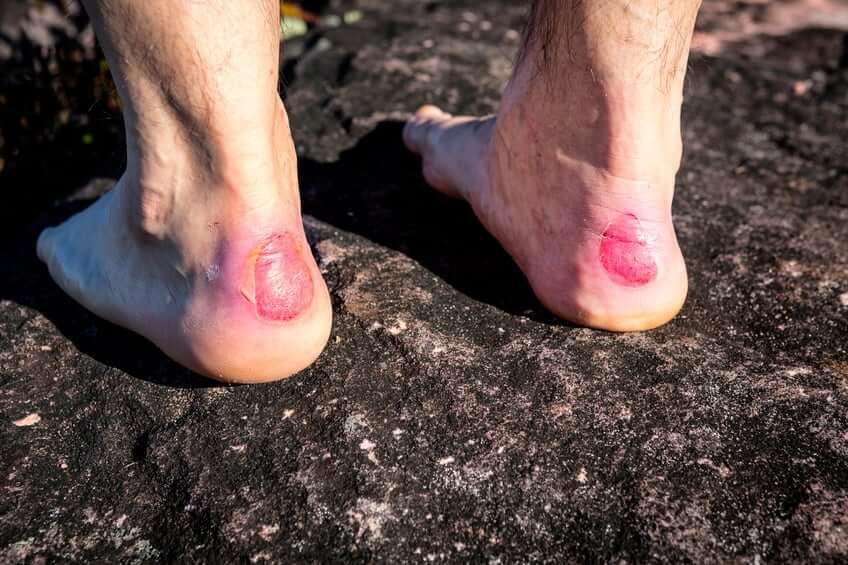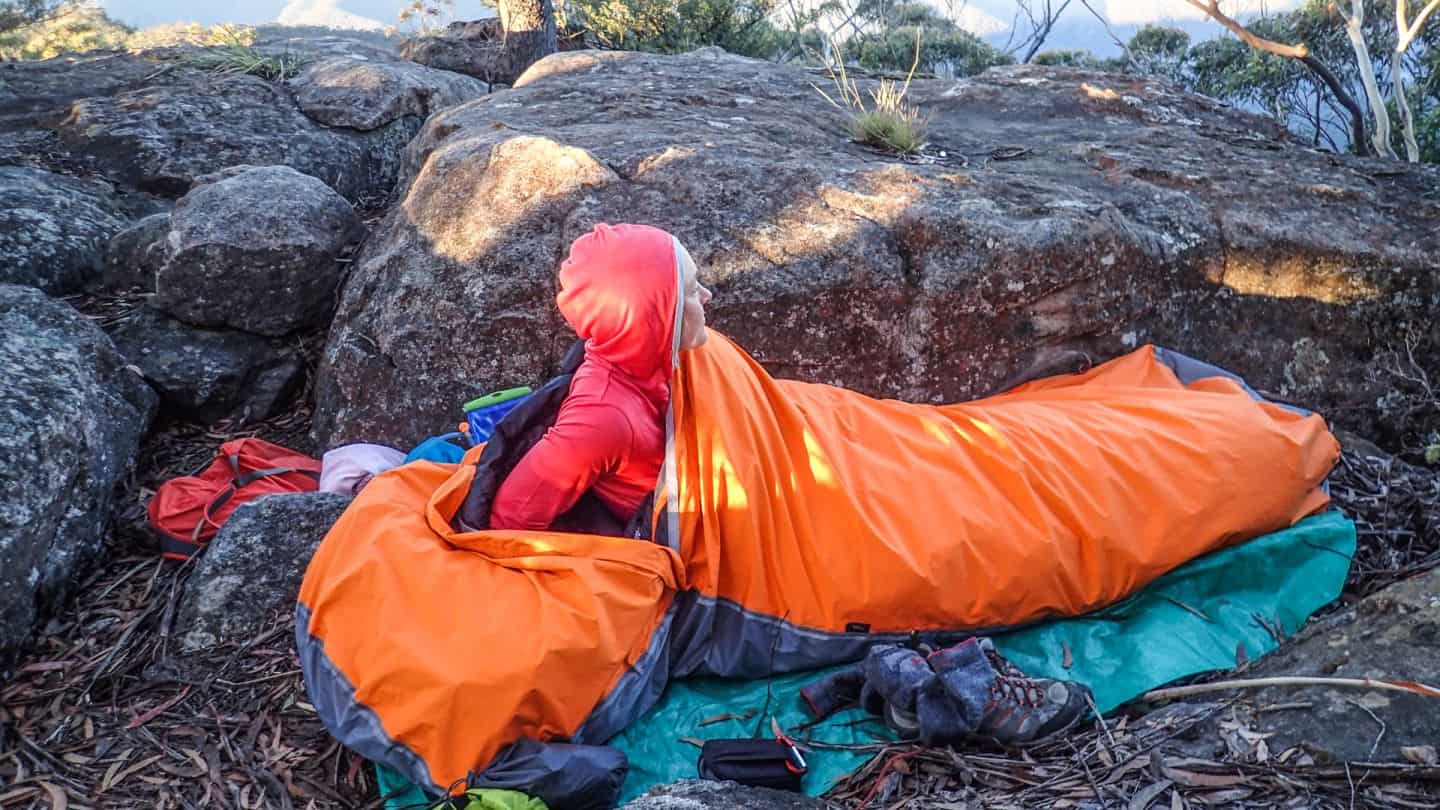As hikers or bushwalkers, we’re constantly putting our bodies, and our feet in particular, through terrain that the average city dweller can only imagine. With consistently uneven surfaces, steep ascents and descents, pack carrying and in all weather and conditions, we ask a lot of our bodies and often get a surprise when they start talking back. Although a hiker isn’t what most people would consider a traditional athlete, we often treat (or punish!) our bodies like they are.
A few years ago, I realised that I needed a trustworthy support crew (just like during a race) of experts in various fields, who can offer advice, help treat and then plan, for long term enjoyment out on the track, to keep my joints, muscles and tendons from feeling like they needed a grease and oil change. Generally, I look for an expert who is an athlete or adventurer themselves… someone who understands our world and the environments we play in.
I’m starting a series on the blog with my “go-to-gang”, starting with Brent Goddard, my Podiatrist from ModPod Podiatry.
1. Although you’re normally on 2 wheels for your own fitness and outdoor adventures, you’ve recently spent some time hiking and camping. Tell me about that.
I have always been a very keen outdoors person. Growing up in small town New Zealand, this environment is very conducive to camping, hiking, mountain biking and trail running. More recently I have been spending a lot of time on the mountain bike, giving trail running a bit of a rest due to a niggly knee. I have two young children and we take them camping regularly. I am mindful that our kids won’t be growing up in the same small town environment that I did, so am very keen to get them into longer hikes and camping. As they get older, I see this as fundamental to their development. The most recent hike that I have been on was to the Barrington Tops. There was still snow in places but we managed to get a beautiful weekend of clear, albeit cold, conditions. Absolutely amazing country side!
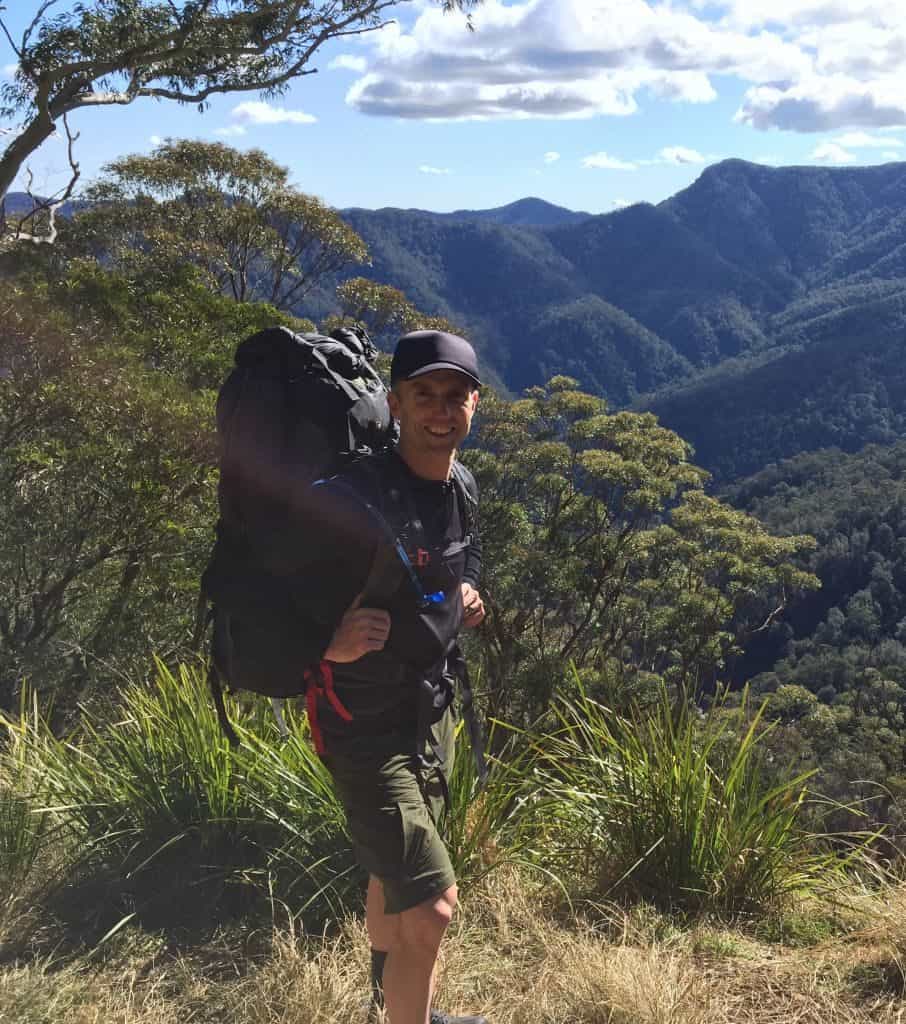
2. What are some of the most common issues that hikers and trekkers can have with their feet?
It’s usually the small things that can really ruin your day in the bush. The most common complaint would be blistering. Blisters will occur when there is a combination of moisture and sheering force. New boots, ill-fitting boots, incorrect socks, hiking terrain and weather conditions will all contribute. It is very important to get the right fitting boots and shoes, this usually means heading to a store and finding an experienced sales person. Using technical socks that wick moisture away from the skin is paramount. Also, taking the right precautions when you are out hiking, the first signs of a blister need to be dealt with (second skin etc). Once the blister is fully formed it will be a lot harder to remedy the situation. [Caro Tip: I’m a fan of using Fixomul at the first niggle of a hot spot.]
3. Can you please talk a little about the relationship that our feet have with the way that the rest of our body behaves and how pain may manifest itself in other places… with the root cause being our feet.
Our feet are our foundation. If there is instability at a foot level, this can create issues further up into our legs, hips and lower back. This is a two-way street – if there is instability around the core/pelvis then this will put undue stress on the lower leg and feet. When we are assessing gait we look at the whole picture, and try to work out the source and then address accordingly. In my experience it is often multifactorial, which is why it’s so important to have a good network of medicos to refer to.

4. What types of problems are unique to long-distance or endurance hiking or trail-running? ie. the first 10-20kms of any adventure might be great, but pain or other issues kick in after a while.
Repetitive tissue stress issues are the most common problems with any endurance type activities. Add the correct amount of load (walk/running) and your tissue (muscle/tendons) will adapt and get stronger. Add the incorrect amount of load and your tissue will breakdown and become injured. Training is key to any hike or running event. As a general rule you should not increase you training load by more than 10% per week. So it’s fair to say if you haven’t done your prep work before a long distance event, then there is a higher chance of getting an injury. Other factors that may influence pain or injury is biomechanical factors, which may need to be assessed by a podiatrist and/or physio.
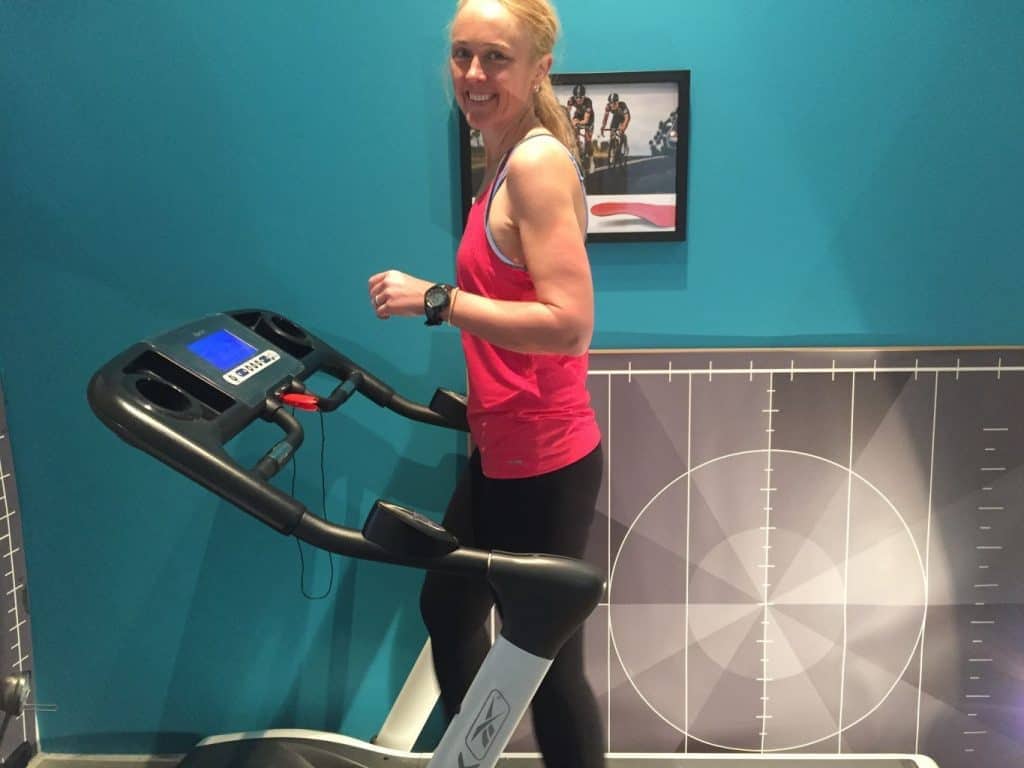
5. What’s the best ways that hikers and trail-runners can build ankle strength and stability to help with un-even ground?
Any activity that challenges balance will help. Specific activities that involve hopping or balancing on one foot are great. You can purchase a wobble board or a half Bosu ball to help with these. If you have suffered from a severe ankle sprain in the past and haven’t had any physio rehab for this, then it would be recommended to have this assessed by a physio first before starting any of these types of exercises. I also see patients who have been through an ankle rehab program but are still suffering from stability issues. For these people I prescribe a very specific type of orthotic for this condition.
6. How does packweight and carrying it for our adventures affect our feet, especially for overnight and extended trips?
Your muscle, bone and tendons are designed to work optimally for your “natural” body weight. As soon as you increase weight via carrying a pack, then you increase the amount of load that your tissue has to deal with. As I stated earlier, add too much load to your tissue and you run the risk of injury. Try and pack as light as possible, and make sure to train with your pack slowly increasing the amount of weight you carry. [Caro: See… even the experts agree that lightweight packing is key – it’s not just me banging on :-)]
7. What are some issues that bushwalkers, trekkers and trail runners have that a podiatrist can help us overcome or learn to work towards the best possible long-term solution?
Feet are soooooooo important. They need to be treated with respect and in return they will take you on many adventures. Don’t skimp on cheap shoes/boots or socks, make sure to see a podiatrist for an assessment if you are having regular issues with blisters, ingrown toenails, blackened toenails, pain in you foot joints (especially ankles or big toe joint), arch pain or Achilles pains. Most (if not all) of these injuries are avoidable. Having happy feet while bushwalking/running makes the experience that much more enjoyable.

8. I’ve seen many long-term bushwalkers give up the tough and adventurous stuff and take up sea kayaking because of bad knees. What can we do to have happy knees for a lifetime of outdoors adventures?
Knee pain is very common with walkers and runners and more so when out in the bush, as you tend to be going up and down hills a lot. This increases the pressure around the knee cap. Pain manifests in the knee but often the cause is from hip/pelvis or the feet. As a society, we spend a lot of time sitting down. Long term, this disrupts our muscular balance around our pelvis and can lead to weakened glutes (bum). Poor glute control can lead to knee cap tracking issues. If the foot rolls in excessively (hyper-pronation) this can also cause the knee cap to track incorrectly. Early intervention is the key, regular knee pain needs to be assessed by either a physio or podiatrist. With the proper management, your knees can keep you going for a long time.
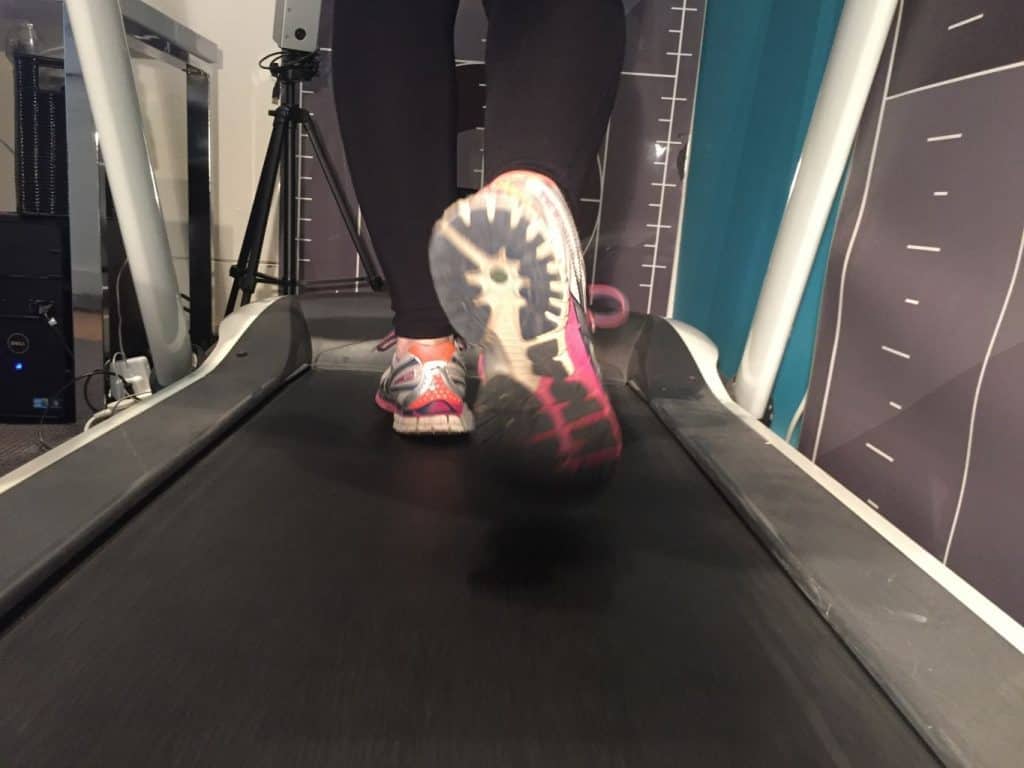
9. Anything else you think is important?
Early intervention is key – most injuries will settle very well if they are caught within the first month. Too many times I see patients who have had pain for 6-12 months thinking that it will resolve on its own. These chronic injuries take a lot more time and energy to get better. As a general rule, if you have had a consistent pain for longer than 2 weeks, then get it assessed.
10. What exercises and/or stretches would be good for the majority of outdoor adventurers to help them get happy feet?
I think a major problem area in the leg would be a tight calf muscle. Compensation for tightness in this area can lead on to a whole range of injuries. It is a very easy area to stretch either against a wall or lowering off a step.
Thanks so much Brent – good words of advice.
Here’s a couple of stretches that target the areas Brent mentioned above:
1. Calf Stretch
https://www.youtube.com/watch?v=ygWWMZcKVzo
2. Glutes (It’s important to start with Activation seen in this video, before moving onto the exercise in 3.

3. Glute Strength


